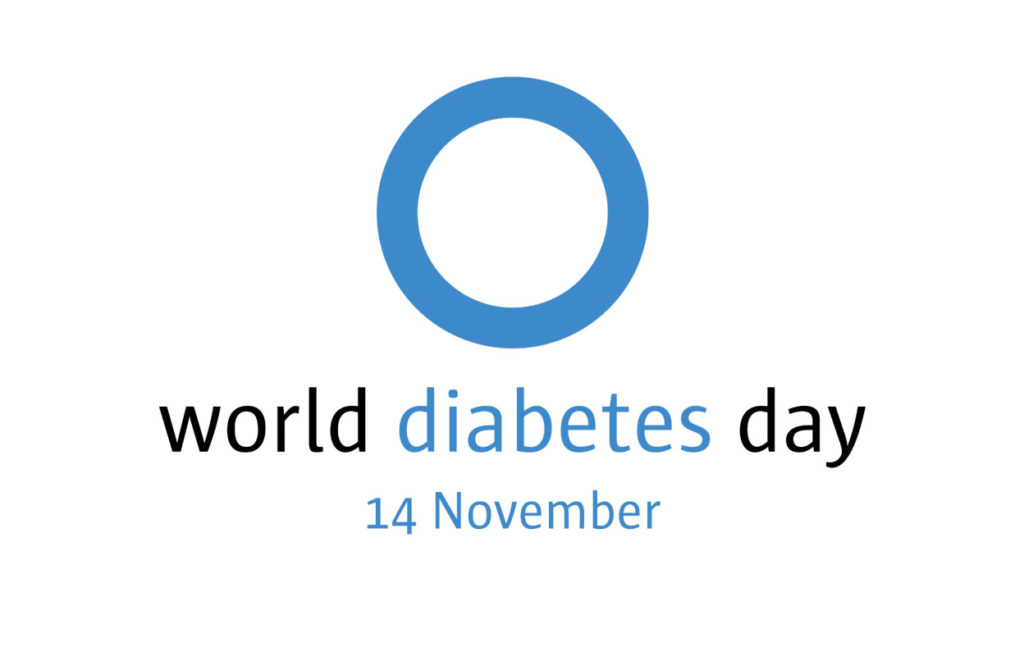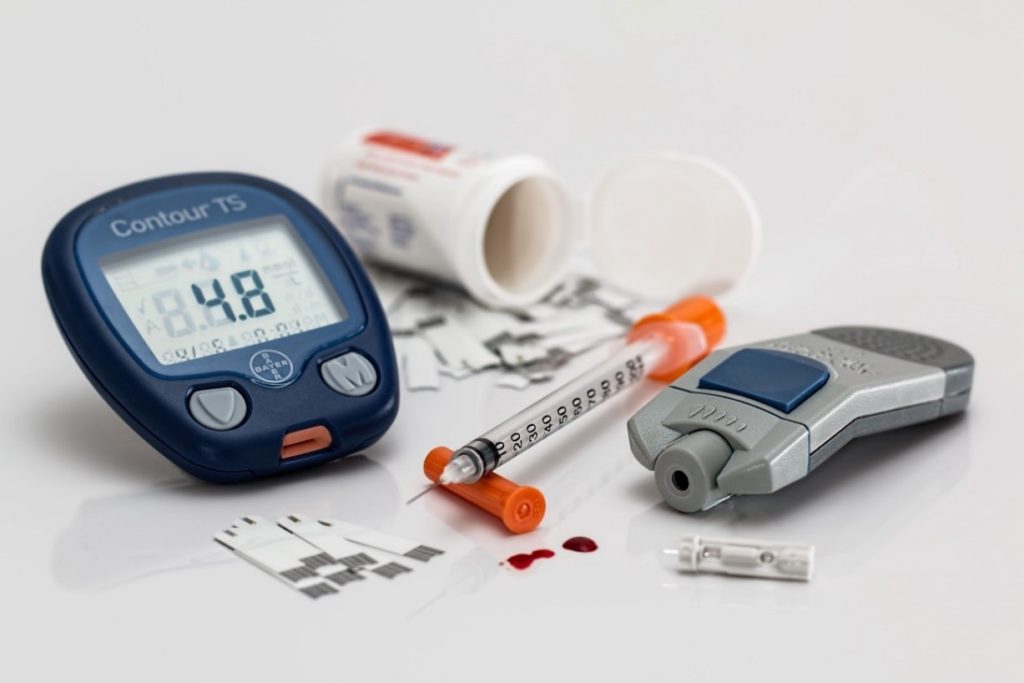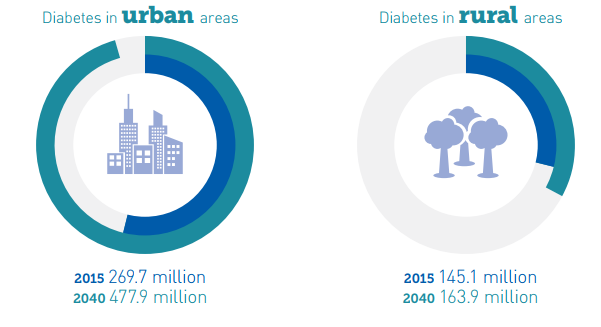World Diabetes Day: Act today to change tomorrow
Stannah joins the largest diabetes awareness campaign, as we all have the right to a healthy future
Written by Stannah

The right to a healthy future should be a universal right. But making it available to everyone is something that very much depends on education, information and awareness. This is especially true for women, who are the most affected group, and should have access to care and education to better manage their diabetes and improve their health outcomes.
Stannah is willing to advocate at an international level, to put a spotlight on diabetes on this very important date and, hopefully, help promote awareness and motivate people to get screened for type 2 diabetes and diabetes complications.
“While diabetes can cause devastating personal suffering, it is also an economic burden for every country around the world. As the incidence of diabetes rises, so too does the requirement for healthcare. Less obvious is the impact on the overall economy, but it is clear that an unhealthy population is not able to fulfil its potential in contributing to economic development.” Sir Michael Hirst President, (International Diabetes Federation. IDF Diabetes Atlas, 7th ed. Brussels, Belgium: International Diabetes Federation, 2015.)
Given the scenario, what needs to be done? Let’s start by understanding what the aim of World Diabetes Day is, and why this year the focus is on how diabetes affects women throughout the world.
Diabetes: A global emergency
The World Diabetes Day’s Organisation is the world’s largest diabetes awareness campaign, run by the International Diabetes Federation. It reaches an estimated global audience of over 1 billion people in more than 160 countries. The campaign draws attention to issues of paramount importance to the diabetes world and keeps diabetes firmly in the public and political spotlight.
World Diabetes Day (WDD) was created in 1991 by IDF and the World Health Organisation. In 2006, World Diabetes Day became an official United Nations Day.
The campaign is represented by a blue circle logo that was adopted in 2007. The blue circle is the global symbol for diabetes awareness and it symbolises the global diabetes community in response to the diabetes epidemic.
The three main types of diabetes

| Type 1 diabetes | Type 2 diabetes | Gestational diabetes |
|---|---|---|
| • Risk factors: family history of diabetes, genetics, infections and other environmental influences | • Risk factors: excess body weight, physical inactivity, poor nutrition, genetics, family history of diabetes, past history of gestational diabetes and older age. | • Appears during pregnancy |
| • Appears very suddenly and is currently incurable | • Can go unnoticed and undiagnosed for years | • Can lead to serious health risks for both the mother and child |
| • Without insulin, a person with type 1 diabetes will die | • Can often be managed with dietary changes and increasing physical activity. In some cases medication is required | • Associated with an increased risk of both mother and child developing type 2 diabetes later in life |
Diabetes Facts & Figures
Let’s start by analysing the difference between diabetes in urban areas and diabetes in rural areas.

Source: International Diabetes Federation. IDF Diabetes Atlas, 7th ed. Brussels, Belgium: International Diabetes Federation, 2015.)
The difference is staggering. The prevalence of Diabetes in urban areas may be an indicator of how an unhealthy lifestyle can have a direct influence on the appearance of some types of diabetes. But other facts about diabetes are equally surprising, such as:
- 1 in 11 adults have diabetes
- Three quarters of people with diabetes live in low and middle-income countries
- By 2040 1 in 10 adults will have diabetes
- 542,000 children have type 1 diabetes
- 46,5% of adults with diabetes are undiagnosed
- Every 6 seconds a person dies from diabetes
- 12% of global expenditure is spent on diabetes
- 1 in 7 births is affected by gestational diabetes
- As well as the 415 million adults who are estimated to currently have diabetes, there are 318 million adults with impaired glucose tolerance, which puts them at a high risk of developing the disease in the future.
Women and Diabetes

All women at risk or who are already living with diabetes, should have equitable access to the essential diabetes medicines and technologies, self-management education and information. This is the only way these women will strengthen their capacity to prevent type 2 diabetes. Socioeconomic conditions affecting girls and women with diabetes makes early detection, diagnosis, treatment and care particularly difficult or practically inexistent in developing countries. Furthermore, they are more exposed to the main risk factors, such as a poor diet and nutrition, physical inactivity, tobacco consumption and harmful use of alcohol.
Gestational diabetes can also represent a severe threat to maternal and child health, and in many cases, the mother can go on to develop type 2 diabetes. A girl or woman living with diabetes carries a double burden of discrimination: their health status and the inequalities present in male dominated societies.
Get to know some facts about diabetes in women:
- There are currently over 199 million women living with diabetes. This number is projected to increase to 313 million by 2040;
- Diabetes is the ninth leading cause of death in women globally, causing 2.1 million deaths per year;
- Women with type 2 diabetes are almost ten times more likely to have coronary heart disease than women without the condition;
- Women with type 1 diabetes have an increased risk of early miscarriage or having a baby with malformations;
- 1 in 7 births is affected by gestational diabetes;
- Up to 70% of cases of type 2 diabetes could be prevented through the adoption of a healthy lifestyle;
- 70% of premature deaths among adults are largely due to behaviour initiated during adolescence;
- Women are most commonly the gatekeepers of household nutrition and lifestyle habits and therefore have the potential to drive prevention from the household and beyond.
What needs to be done?

Greater education is needed to improve the diagnosis and management of all types of diabetes and to embed lifestyle changes that will slow the rise in type 2 diabetes. While educational programmes can help improve the management of people with diabetes, public health education is needed for the general population to encourage behaviour changes to prevent type 2 diabetes. Early diagnosis can prevent or delay long-term health complications for people who are undiagnosed with type 2 diabetes. Progress has been made in introducing screening programmes, and diabetes risk scores have now been tested in 32 countries around the world.
This enables local authorities and city stakeholders to assess how their city is currently performing in areas linked to the prevention of type 2 diabetes. Cities undertaking the Diabetes Prevention Score will be assessed on six key dimensions:
- Suitability of outdoor environment for sport
- Access to healthy food
- Access to drinkable water
- Education on healthy choices in schools
- Implemented prevention policies
- Accessible information on healthy choices
